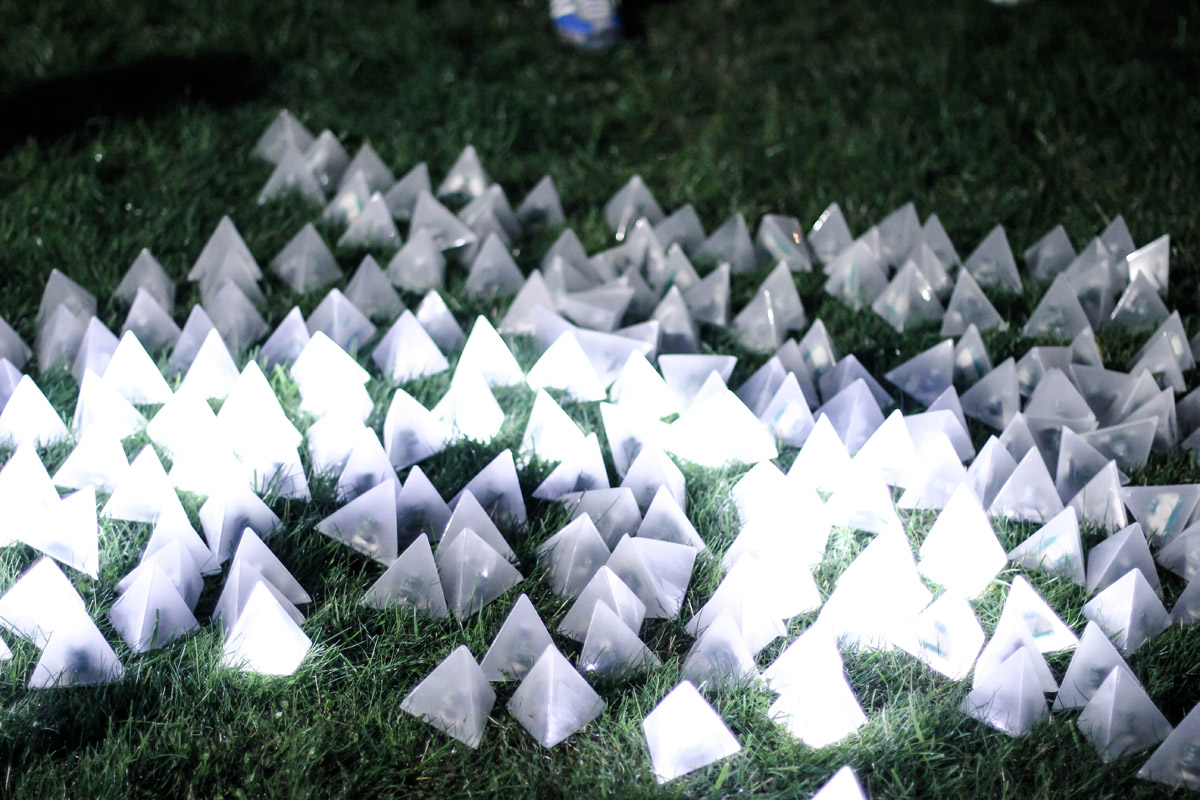Concept.
Idea.
The idea of having a scalable system that is composed out of autonomous electronic cubes is a result of stealing like the artist previously projects that imply creating a complex interactive system that is ultimately made of same interconnected parts. This created the opportunity of creating the system that is composed of one electronic block, which can communicate/interract with same electronic blocks, thus creating an option for scalability.
Some previous projects which enabled the path of insipration:
However one project that dragged my attention and serves as the main source of concept design is Automatiles project developed by Johnathan Bobrow at MIT University. In his thesis he documents where he draws his inspirations for the project, having a final scope to create an interactive board game that includes electronics.

Seeing how Johnathan's seamlessly simple idea can take shape into a platform for creating programmable board games, I came up with the idea of creating an own concept of small blocks of electronics that could also form a complex system by having a close proximity of communication, however this time allowing the block to display patterns, low resolution characters or icons using a matrix of LED lights. Having this in mind, I started to sketch the possible functionalities of the system.
System Design.
Having the idea in mind, I started defining the functionalities that the systems needs to achieve, or another appropriate word for it -
.png)
By the means of the LED matrix, the cube should be able to display patterns, low-resolution characters or icons. That means each LED light should be able to be controlled individually by the means of the microcontroller.
.png)
Each block is able to communicate with other blocks in the nearby proximity, by allowing each side of the block the communication process. identify the presence of other blocks and together form a system by recognizing all the blocks chained.
.png)
Here I try to defin the possible electronic components/features that might be useful to achieve the desired outcome. That is:
LED Matrix.
Resolution of the LED Matrix directly depends on the amount of the LEDs present in the system. The more the better. However, LEDs can be quite power consuming and drain the system's power very fast. Since the initial intention is to have a small block, it can be very packed with other electronic components, leaving little space for the battery itself.
Keeping that in mind, the goal is to be able to still provide some sort of visually recognized output, that a user can pick up even on a low-resolution matrix. Here some sketches are proposed to visualize the system in action.

System using 5x5 matrix, thus 25 LEDs per block.

System using 7x7 matrix, thus 49 LEDs per block.
Here some ilustrations are presented of what can be achieved by the means of these resolutions.

Number and characters for the 5x5 matrix.

Letters for the 5x5 matrix.

Letters and characters for the 7x7 matrix.
The decision behind how many LEDs are used for the system is going to be taken by means of creating the electronic design and considering the limitation of the system overall.






